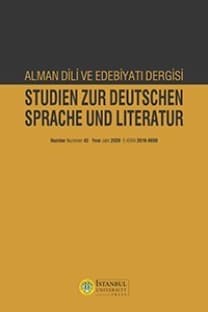Lutz Seiler’s Kruso – Social Utopia, Pastoral Mystery Novel and Picaresque Robinsonade
Lutz Seiler’s first novel Kruso, published in 2014, is based on a genre of undisputed popularity: the robinsonade, named after Daniel Defoes famous Life and Strange Surprizing Adventures of Robinson Crusoe (1719). Numerous hints in Seiler’s text point at this model, but the pattern of his plot follows a specifically German tradition of the robinsonade. This tradition stems from Johann Gottfried Schnabel’s Wunderliche Fata einiger See-Fahrer (1731-1743), known also under the title Insel Felsenburg, invented by the editor Ludwig Tieck in 1828. Schnabel combines the robinsonade with the genre of Utopia by describing an ideal state on the island of Felsenburg, with the mystery novel by letting his figures discover pre-Christian sanctuaries all over the island, and the picaresque by including the protagonist’s retrospect after leaving the island of his adventure. This analysis of Schnabel’s novel, undertaken by Günter Dammann in 1997, will proof to be a usefull tool for further enquiry in Seiler’s Kruso
___
- Macchia, Giovanni (1978): Il principe di Palagonia. Mostri, sogni, prodigi nelle metamorfosi di un personaggio, Mondadori, Milano.
- Başlangıç: 1954
- Yayıncı: İstanbul Üniversitesi
